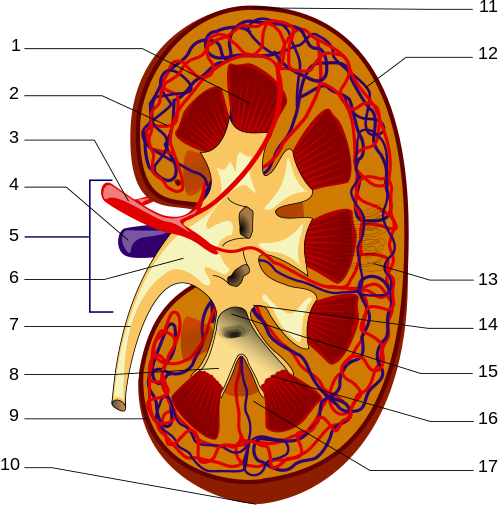
Photo from academic.microsoft.com
T he mechanisms underlying chronic kidney disease (CKD) remain poorly understood, and treatments to prevent or forestall CKD progression are limited. Precision medicine aims to change this. Advances in high-throughput… Click to show full abstract
T he mechanisms underlying chronic kidney disease (CKD) remain poorly understood, and treatments to prevent or forestall CKD progression are limited. Precision medicine aims to change this. Advances in high-throughput technologies have already led to the discovery of important genes, metabolites, and proteins implicated in CKD. On its own, however, a single omic technique may offer only a narrow window into the exceedingly complex pathophysiology of CKD. By integrating multiple omic studies, such as genetics, epigenetics, gene expression, metabolomics, proteomics, and microbiome profiling, we may be able to achieve sufficient understanding of the dysfunctional biological pathways to identify novel prevention and therapeutic targets. In this issue of Kidney International Reports, Øvrehus and colleagues report on a proof-ofconcept study that links gene expression from kidney biopsy
Journal Title: Kidney International Reports
Year Published: 2019
Link to full text (if available)
Share on Social Media: Sign Up to like & get
recommendations!